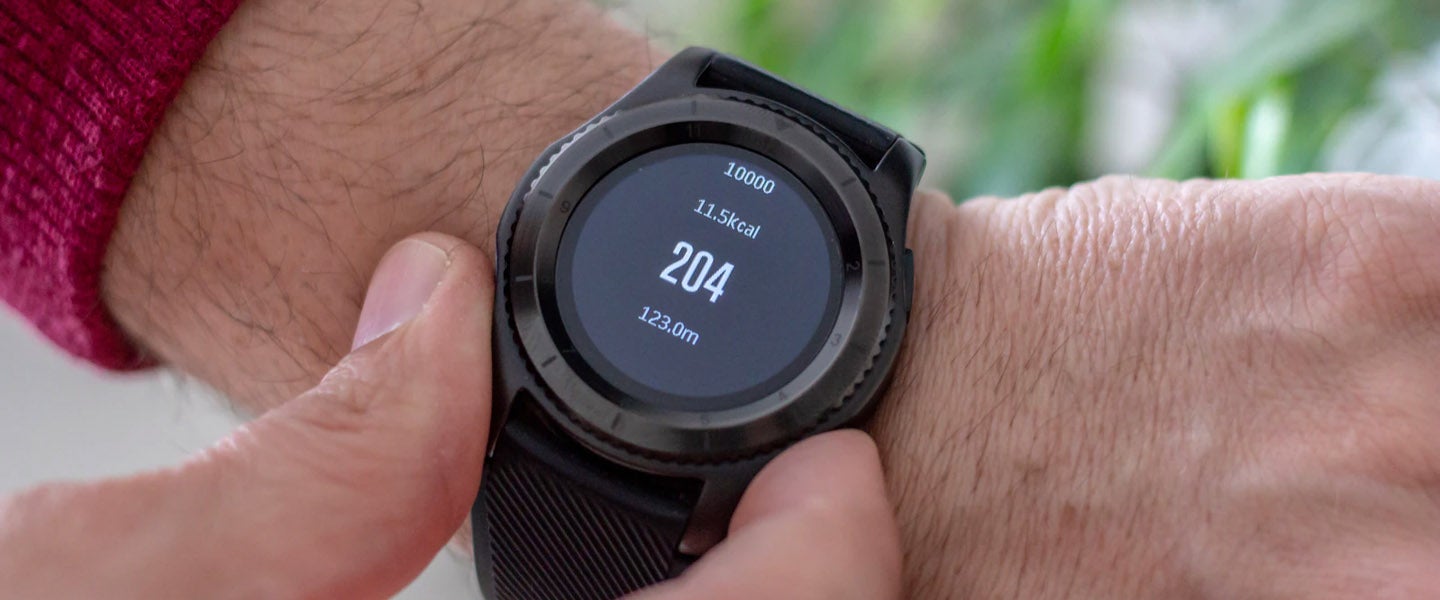There are plenty of mysteries left in this world: What the heck happened to D.B Cooper; why Us — and especially Lupita Nyong’o — wasn’t nominated for a single Academy Award; and, of course, how every single fitness tracker and cardio machine can spit out a different “calories burned” number when all you’re trying to do is figure out how effective your workout was.
That last one has always been particularly vexing to me. It’s one thing not to know how much weight to use when lifting weights. But it’s another that when I go run on the treadmill — an exercise that should be pretty straightforward — I haven’t the faintest idea whether what I’m doing is even nominally effective. And that’s because I don’t trust that the dumb machine I’m running on, after I enter in my weight, is going to go all “data scientist” on me and give me a hyper-accurate calorie count.
And so, I quietly just keep running, hoping that the number of calories I’m burning is closer to the 650 my fitness tracker is telling me it is, rather than the 250 the dumb machine is claiming.
But that’s no way to go through life.
There’s gotta be some way of making heads or tails of counting and tracking how many calories I’m actually burning when I workout, right?
Eh… kinda.
“A reasonable person is never going to know, accurately, how many calories they’ve burned because there are just so many predictive equations for calculating caloric expenditure,” says Dana Hunnes, senior dietitian at the Ronald Reagan UCLA Medical Center in L.A. “All of us have different body compositions. For example, a 120-pound female who has 10 percent body fat and a 120-pound woman who has 20 percent body fat are going to burn calories at different rates simply because one of the women has more muscle than the other.”
Shit — I didn’t think about that, and it’s a good point. How in the world can someone accurately track their burned calories when something as stupid as the 10 seconds you were holding onto the treadmill handlebars could throw everything off? “Unless you are in a BOD POD, or in a scientific laboratory where they’re able to measure every single drop of sweat and every single calorie of heat you burn off,” Hunnes continues, “it’s going to be impossible to know for certain if the read-out on the machines are close or far from accurate.”
But if everything’s a guesstimate anyway, and there’s no one way to determine with complete accuracy how many calories I’m burning, is there anything I can trust?
“Actually, the most reliable machine in terms of estimating how many calories you burned is the treadmill,” Hunnes explains. “That’s because treadmills are the most widely used fitness equipment, so most of the research in this area has been done on treadmills.”
Okay, that’s kinda helpful — at least I know that the treadmill number isn’t way off the mark… probably.
Maybe, though, my focus has been in the wrong place, and maybe the fact that there’s no legitimate way to track these things is a sign that “burned calories” as a means of calculating how effective my workout has been is ass-backwards. “Personally, I’m not a fan of counting the calories eaten or how many you burn,” says nutritionist David Friedman, author of Food Sanity: How to Eat in a World of Fads and Fiction. “What exactly is a calorie? A calorie is a measurement of heat! If heat caused weight gain, everyone living at the Southern hemisphere would be obese, but they’re actually leaner. And, to boot, no two calories are equal; to compare the 100 calories of apple you ate with the 100 calories of cookies makes no sense.”
“Besides,” he adds, “tracking how many calories you burn means having to become a mathematician, and that takes the enjoyment out of exercising. The real goal should simply be to get moving and exercising.”
In other words, the only calories I should worry about burning are the ones it takes for me to get my ass off the couch and into the gym.

